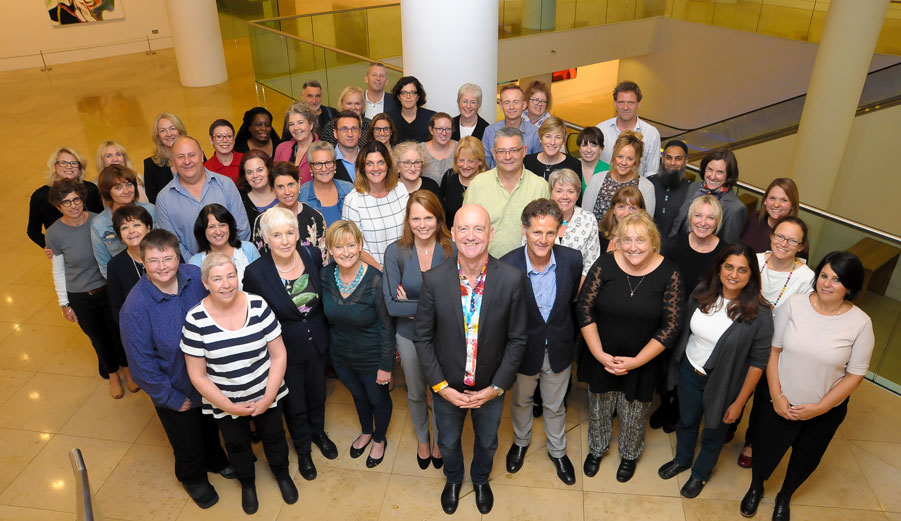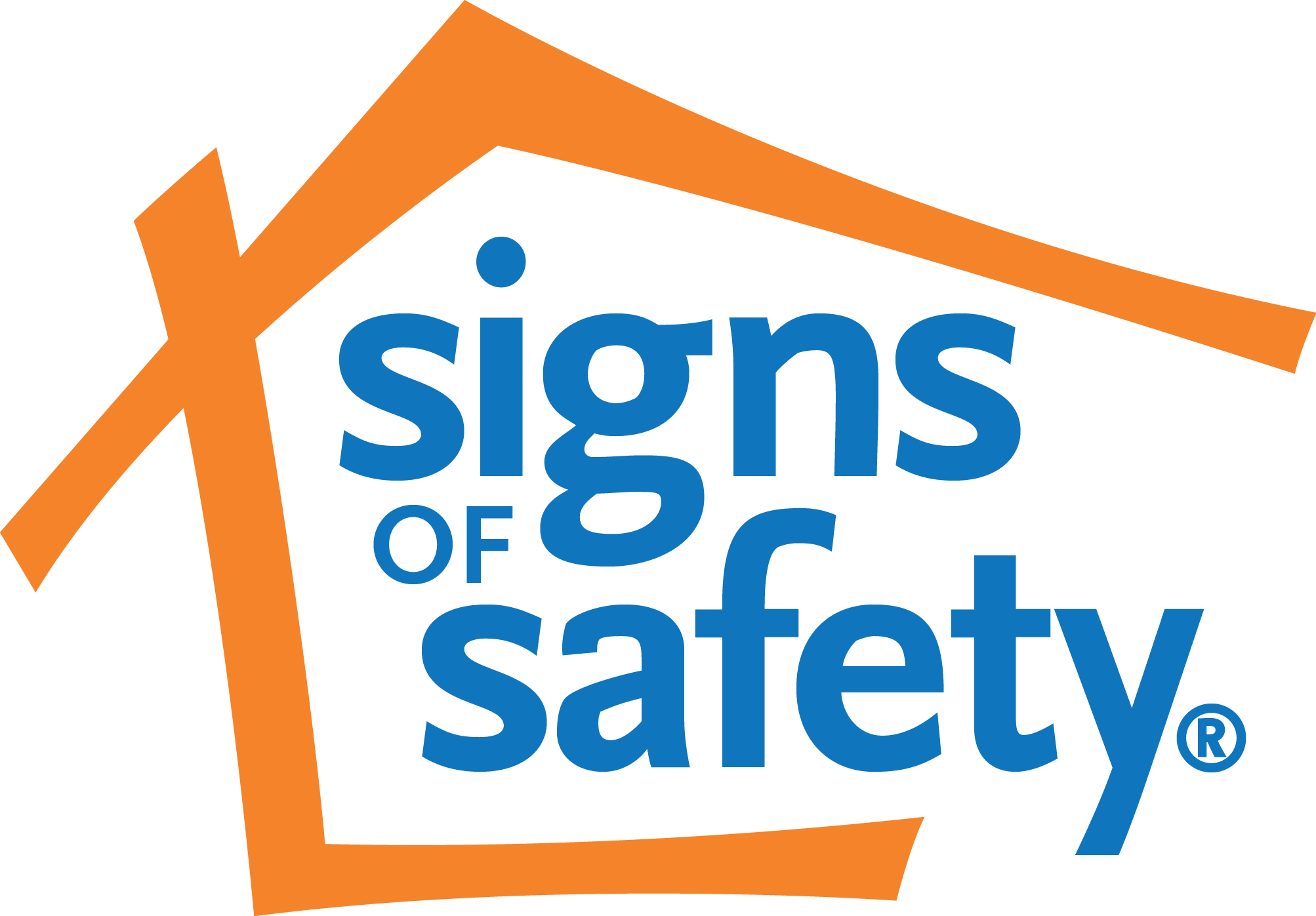The second wave Signs of Safety England Innovation Project (EIP) was launched on 29 September 2017 with leaders from the ten local authorities (Bexley, Brent, Bristol, Leicestershire, Lincolnshire, Norfolk, Suffolk, Wakefield, West Sussex and Wokingham) coming together with Munro, Turnell and Murphy Child Protection Consulting (MTM) and their colleagues at the first quarterly leaders workshop for the project. The EIP will run for the next two years through to September 2019.

The £1.95m project will focus on driving the next steps in full Signs of Safety implementation through the following key deliverables:
- Working with family and social networks in safety planning (including introducing local authorities to building family networks through Family Finding).
- Aligning case management processes with the continuity of Signs of Safety practice (from first referral through intake and all work with the case to closure).
- Further developing and implementing Signs of Safety quality assurance. (including MTM developing a Signs of Safety dashboard to monitor practice in individual cases at practitioner, team and organisational levels, and that can be linked to the Signs of Safety Case Information System).
MTM will also work with the local authorities and itself fund the development of an accreditation system for agencies that have implemented and are practicing with Signs of Safety.
The Signs of Safety Knowledge Bank online library of case practice learning materials and implementation resources will be available to each local authority.
Action research led by Eileen Munro will again be fundamental to the project. It will look to tie in data collection with the Sign of Safety QA system. The action research will complement the external thematic evaluation that will again be conducted by Mary Baginsky and colleagues at Kings College London.
The external evaluation of the first project published by Mary Baginsky et. al. reported that social work managers and social workers in the ten local authorities were overwhelmingly positive about the benefits of Signs of Safety in supporting children, providing fresh opportunities for social workers to involve families to a much greater extent than had been the case previously.
The researchers also concluded that “while Signs of Safety is not a ‘magic bullet’ for the challenges that face children’s social care, it has the potential to help improve services for children and young people”, and that “the Signs of Safety framework was workable where authorities made the necessary commitment of trust in their staff at all levels, backed up by resources and time.”
The Signs of Safety community agrees that there are no magic bullets in the difficult and complex work of child protection and reforming services that have long held workers back from working effectively with families. This report adds to the growing evidence base for Signs of Safety and provides a current baseline, together with our own action research report, from which to further “demonstrate in a conclusive way how practice and organisational implementation works” in the second phase of the EIP.
